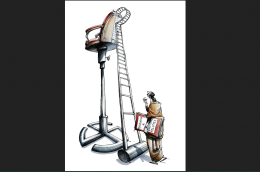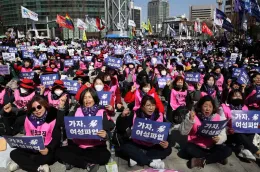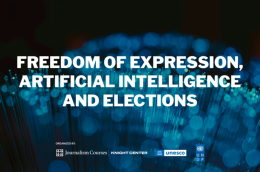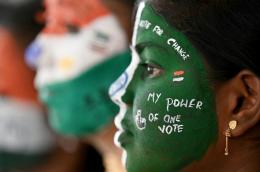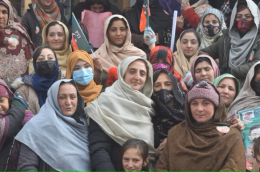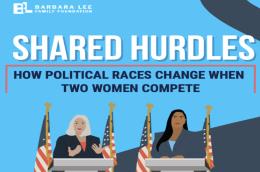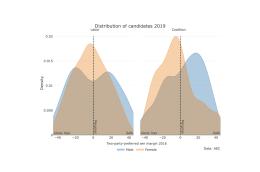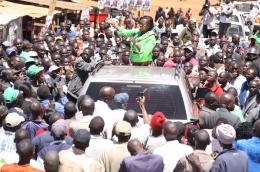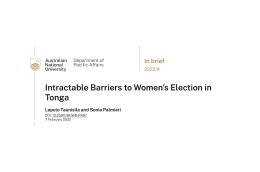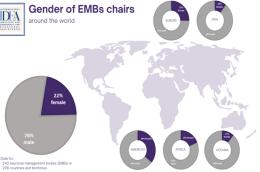Elections
Main navigation
Phase 1 of the General Elections 2024 is over. There is still a long way to go before June 4 when the votes will be counted. Till then, we will be inundated with endless speculation, conjecture, guesses, accusatory statements by opposing sides — and the ritual photographs of women lining up to vote, holding aloft their election identity cards.
That image has become a cliché. But behind it is a story that has changed little, much like the photo itself. It is the story of Indian women and politics, why they are there, why they are missing, and whether anything will change in the near future.
Going by the candidates already in the fray this election, it seems as if change, if any, is incremental. Women constituted only 8% of the candidates in the first phase on April 19. This could change slightly by the end of the election cycle.
In the 2019 Lok Sabha elections, women were only 9% of the candidates. And fewer were elected. In fact, the success rate of women candidates was a little over 10% in 2019.
Also, although there were more women in the current Lok Sabha — 78 — than previously, they added up to only 14%. These low numbers contrast sharply with the increase in women voters. In 2019, their numbers were marginally more than that of men — 67.18% women compared to 67.01% men.
Read here the full article published by The Hindu on 19 April 2024.
Image by The Hindu
.
SEOUL, South Korea – When South Koreans elect a new parliament this week, the outcome will shape the next four years of the country's politics. But some watchers will be looking to verify a trend that can influence it for decades to come – the political divide between young men and women.
In the 2022 presidential election, 59% of male voters between ages 18 and 29 voted for the conservative candidate Yoon Suk Yeol, who eventually won. Their support for Yoon was second only to that of voters aged 60 and older.
By contrast, young women under 30 were the least supportive constituents for Yoon of all gender-age groups. Only 34% voted for him, according to exit polls.In recent major elections, young South Korean men and women have consistently shown around 15 to 30 percentage points' difference in their support of the main political parties.
While many other developed countries – including the United States, Germany and the United Kingdom – are observing a similar phenomenon, experts say South Korea's fast social development and politicization of gender issues have made its case particularly intense.
Read here the full article published by NPR on 10 April 2024.
Image by NPR
Welcome to the Knight Center’s new free online course, “Freedom of Expression, Artificial Intelligence and Elections,” organized by the Knight Center for Journalism in the Americas, in collaboration with UNESCO, UNDP, and with support of the Electoral Assistance Division (EAD) of the Department of Political and Peacebuilding Affairs (DPPA).
During this four-week massive open online course, which will be held during the month of April 2024, students will learn and explore the fascinating and ever-evolving world of technology and democracy, in particular on the impact of Artificial Intelligence on freedom of expression in elections.
To register for the course please follow these steps:
- Create an account in the Journalism Courses system. Even if you’ve taken a course with us before, you may need to create a new account. Check to see if your previous username and password work before creating a new account.
- Wait for a confirmation in your email indicating that your account has been created. If you do not receive this, please check your spam folder.
- Once your account is created and confirmed, please click on the following link to enroll: https://www.kccourses.org/enrol/index.php?id=121.
- Click “Enroll” to enroll yourself in the course. You will be able to access the course from the “My Courses” menu at the top of the page.
- Upon completing your enrollment, you will gain immediate access to the course and receive a confirmation email as well.
Who can enroll?
- Electoral practitioners and regulators.
- Journalists and media professionals.
- Civil society organizations working on elections, human rights, and gender equality.
- Students and educators.
- Voters and citizens interested in understanding AI and its impact on democracy.
To register for the course, click here.
Female MEPs have been warned of the threat of deep-fake explicit images being used against them in the upcoming elections.
There are now serious concerns that women running in the EU elections could be targeted with AI generated nude photographs or fake videos of them in compromising positions.
Sitting MEP Maria Walsh described the prospect of deep-fakes as "terrifying" and has urged voters to be aware of AI generated content that may be used to discredit candidates.
"It's about having conversations, educating people about what is real and what is not and it's really to be aware of the impact AI has and can have on politics," she said.
She added: "It is terrifying, I'm not going to lie. I would be nervous as a young female politician."
Read here the full article published by the Irish Examiner on 8 April 2024.
Image source: Irish Examiner
In India, as in many democracies around the world, there has long been a discernible gender gap in citizens’ political participation. For decades, Indian men were significantly more likely to cast their ballots on election day compared to women. It is noteworthy, therefore, that in the country’s 2019 general election, the historic gap between male and female turnout came to an end; for the first time on record, women voters turned out to vote at higher rates than men (see figure 1). Predictions for India’s upcoming 2024 general election suggest that this trend is likely to continue.
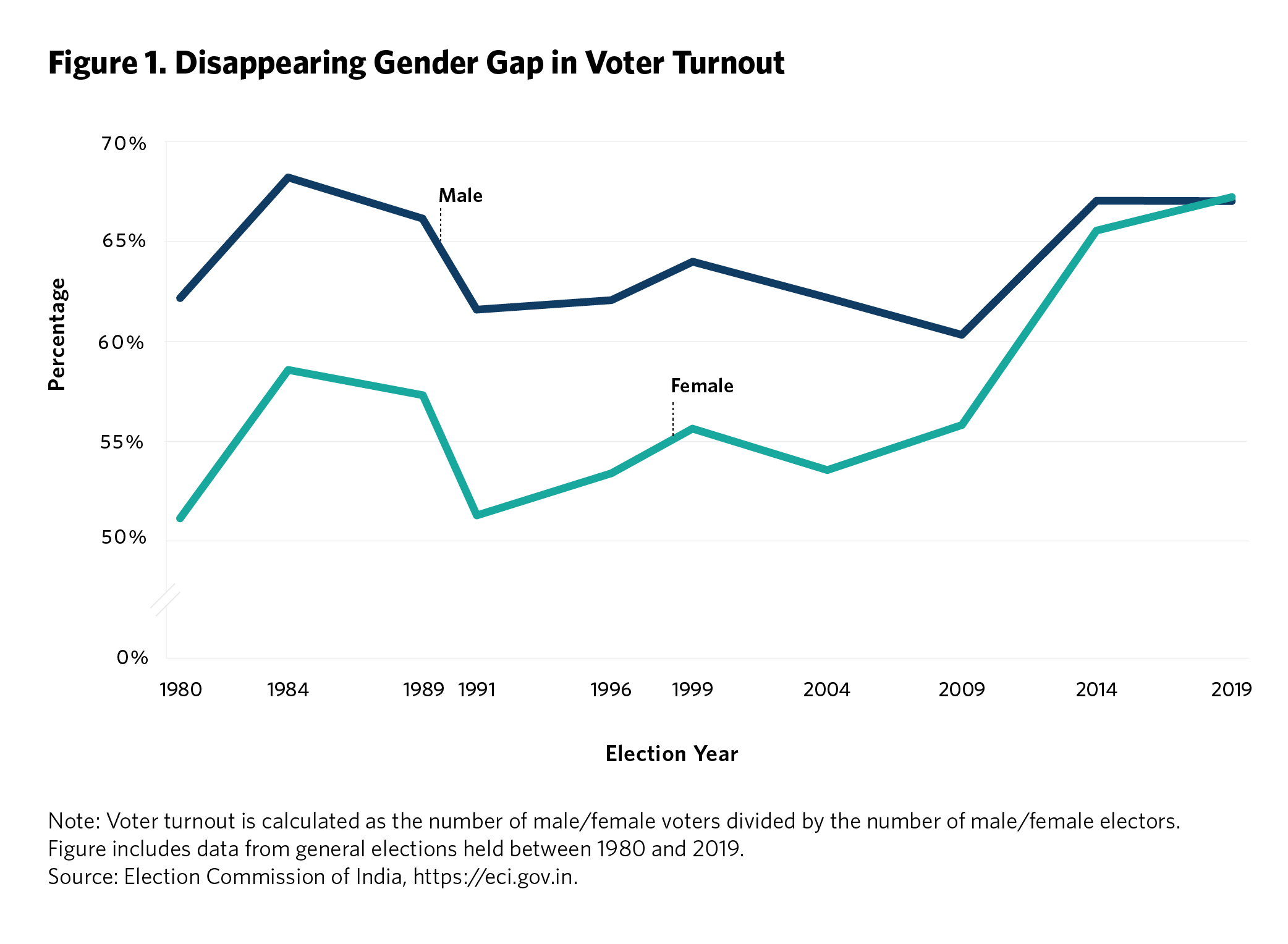
Although the gap between male and female voter turnout in India has been gradually shrinking in recent years, the convergence in electoral participation is nevertheless surprising for multiple reasons. First, as noted by Franziska Roscher, the increase in female turnout in India is occurring while female labor force participation—an important driver of women’s political participation—remains low compared to peer economies. Second, national-level data from the National Election Study (NES), conducted by the Lokniti Program of the Centre for the Study of Developing Societies, and other smaller studies confirm that women lag men across all measures of nonelectoral political engagement. For instance, data from two separate primary surveys—conducted in Rajasthan and Madhya Pradesh by political scientists Soledad Prillaman and Gabrielle Kruks-Wisner, respectively—demonstrate that while the gender gap in voter turnout has closed, gaps are all too visible in other forms of sustained political engagement, such as contacting elected representatives, attending public meetings, and participating in campaign activities. Third, women continue to be underrepresented in India’s national parliament and its state assemblies.
Read here the full article published by the Carnegie Endowment for International Peace on 5 April 2024.
Image source: Carnegie Endowment for International Peace
Washington — When Suriya Bibi was running for a seat earlier this year on the Khyber Pakhtunkwa provincial assembly, she faced numerous challenges beyond being a woman and hailing from a minority sect in Pakistan's remote district of Chitral.
Another obstacle appeared when the Election Commission randomly assigned a hen symbol as her identifier on ballot papers — such symbols are tools to aid illiterate voters. In January, Pakistan's Supreme Court barred her political party, Pakistan Tehreek-e-Insaf, or PTI, from using the cricket bat symbol associated with former Prime Minister Imran Khan.
The hen symbol inadvertently perpetuated the stereotype that women in Chitral were better suited for poultry farming than politics. Her opponents capitalized on their good luck, ridiculing her and mocking the symbol's association with domesticity.
In a phone interview with VOA, Bibi said that there was no shame in poultry farming and rejected the attempt to diminish her worth based on her election symbol.
Read here the full article published by Voice of America on 23 March 2024.
Image source: Voice of America
